It might be hard for any musician to imagine playing without sheet music, tablature, or some other form of notated music, but the world did not have a concise guide for musical literacy until the latter half of the Middle Ages. Around this time, scholars, monks, priests, nuns, and other members of the church were responsible for writing scripture, hymnals, chants, and liturgies, and with the invention of the printing press in 1436, the Gutenberg Bible was available to the literate masses for the first time. It was natural for sheet music to follow this rising trend, although it took roughly twenty years for music to catch up and be printed in a volume.
But where did the idea for sheet music come from? How were songs taught to singers and musicians in the days before the printing press when most of humanity wrote on lengths of tanned hide? Who catalogued music to begin with? The answers lie in the cloistered stone walls of a monastery in Tuscany, Italy all the way back in 1025, when Benedictine monk, Guido of Arezzo, began teaching young men to sing Gregorian chants for the Catholic church.

A Gregorian chant written at the St. Gall scriptorium around the year 1000. Source: University of Birmingham
In those times, music was taught using neumes. Neumes function similarly to accent marks over the lyrics on a sheet and explain how to sing a chant. For example, if the markings are swiped upward or downward, you’d change the pitch of your voice to correspond. Neumes are still used today, though they look markedly different compared to what they looked like in Guido’s time.
As you can imagine, reading neumes can get very complicated, particularly if the chant, hymn, or other form of music changes pitch frequently. While observing the young monks struggle to learn new chants, Guido of Arezzo sought to find a more intuitive way for learning music. It is around this time in history that the four-line staff was created and eventually evolved into the five-line staff we know and love. Scholars are presently divided on whether Guido was solely responsible for creating the staff, but his use of the staff to teach music to the monks forever changed the way western music was notated.

Apart from neatly arranging the music on a scale, which gave the young monks a visual cue for how to follow along with the chanting or hymn, annotating music was beneficial to increase the literacy rate in various communities while keeping tradition within the church. With Guido of Arezzo’s expertise and continuing musical pedagogy, the Church codified his use of the staff and the arrangement of music. This basic arrangement would allow many more musicians to teach and allow others to study the arrangements for generations to come. Oral tradition would soon become a tool of the past.
After the printing press allowed sheet music to be collected into volumes, it also allowed music to be mass-produced and distributed. However, the printing press only did half of the job. These printed sheets still required someone to add the notation in by hand, and of course, only a scribe trained in neume notation would be able to add in the accents and actual notes themselves. Access would stay in the religious sphere for quite some time, and in a higher income bracket as well, since the wealthy were able to read and write more prolifically. Though there were a few notable exceptions, men also held the most power and influence when it came to writing music, since many women were shut out from learning to read in the first place.

It wasn’t until 1473 and beyond that the first machine-based printing projects allowed sheet music to be truly mass-produced. The first sheet music collected into a volume was Ottaviano Petrucci’s Harmonice Musices Odhecaton A, which contained roughly 96 pieces of music. However, even that collection saw difficulties getting to full production because the printing press had to print the volume several times to make sure that the notations were correct. Over time, music and musical teaching grew more and more defined, though it is important to remember there was music produced everywhere, not just in the medieval churches.
During the Renaissance, music was published in manuscripts called part-books, which streamlined the way music was learned and later performed. According to the New World Encyclopedia and their comprehensive historical perspective: “In [part-books], each voice-part for a collection of 5-part madrigals, for instance, would be printed separately in its own book, such that all five part-books would be needed to perform the music.” Players and singers would be able to use this format as well, so the group would be able to not only practice together but perform together much easier.
If we jump forward in time to the eighteenth and nineteenth century, sheet music becomes an asset for publishing companies with the popularity of parlor music, a type of musical tradition that is essentially amateur musicians playing music in their homes for parties or other social events. Many of the elite grew up playing instruments like the piano, and any well-to-do person in the late nineteenth century had a piano in their parlor for entertaining. As a result, the demand for a book-length volume of sheet music skyrocketed in popularity. This fueled the spread of European Baroque and Romantic music amongst America’s teachers and students. From here, the rest is history, and in the last decade, physical sheet music has actually seen a decline in use with digital sheet music rising in popularity.
So, what was your first experience finding a piece of music to play? Did you stumble upon your parent or sibling’s old violin music tucked away somewhere? Did the binding crackle as you opened it? Or perhaps you went to a music store and chose a piece that spoke to you, and you placed it proudly on your stand, excited to practice? Leave a comment below to share your story, and don’t forget to check out Shar Music®’s extensive Sheet Music Library to find a new piece to add to your collection.
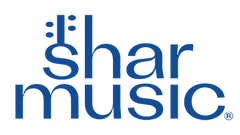

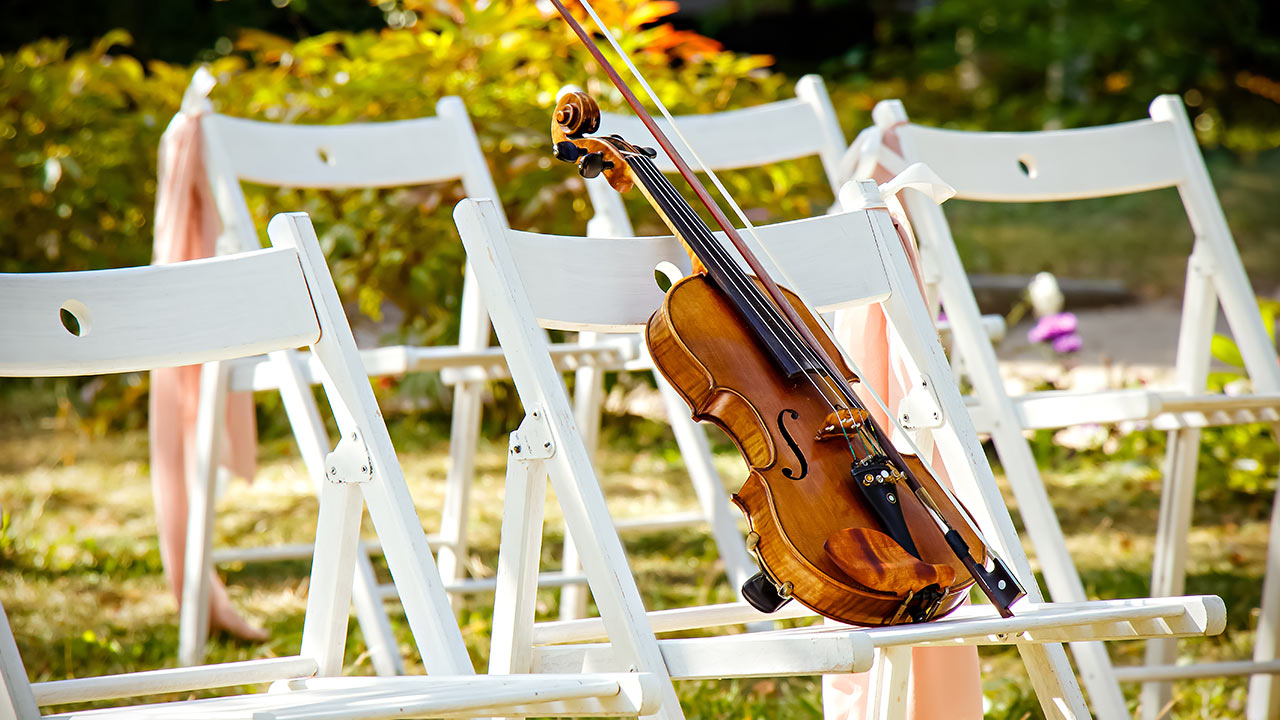

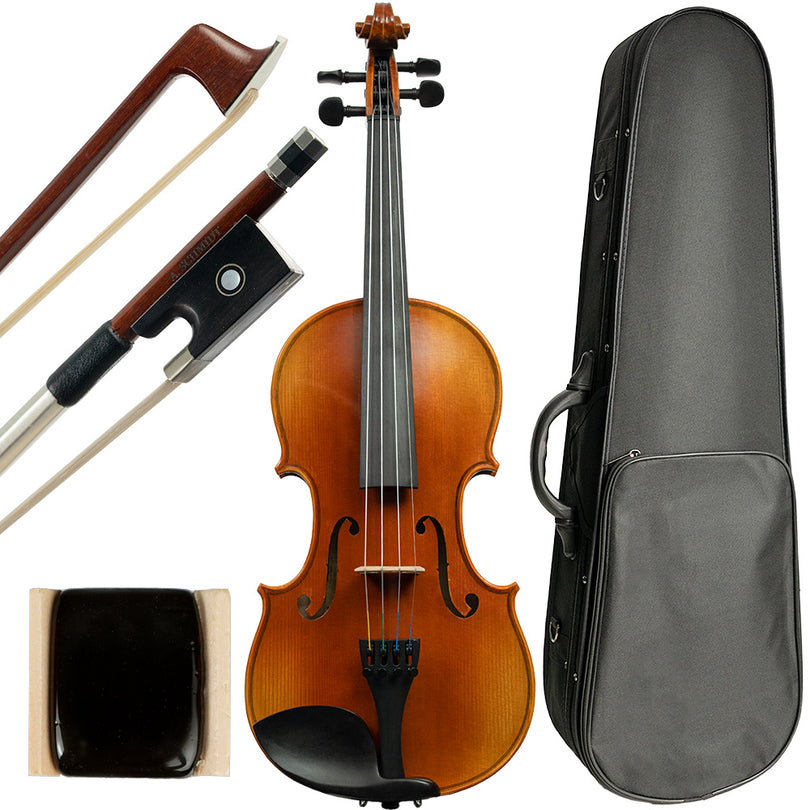
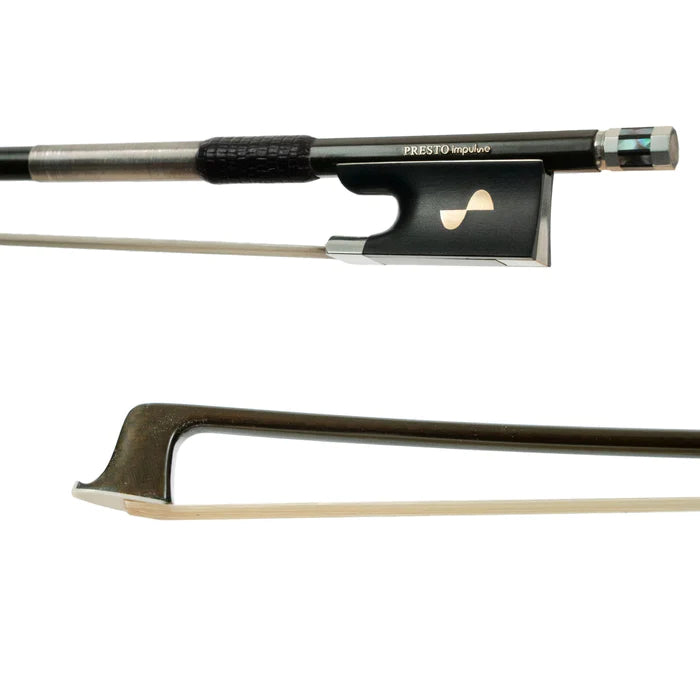
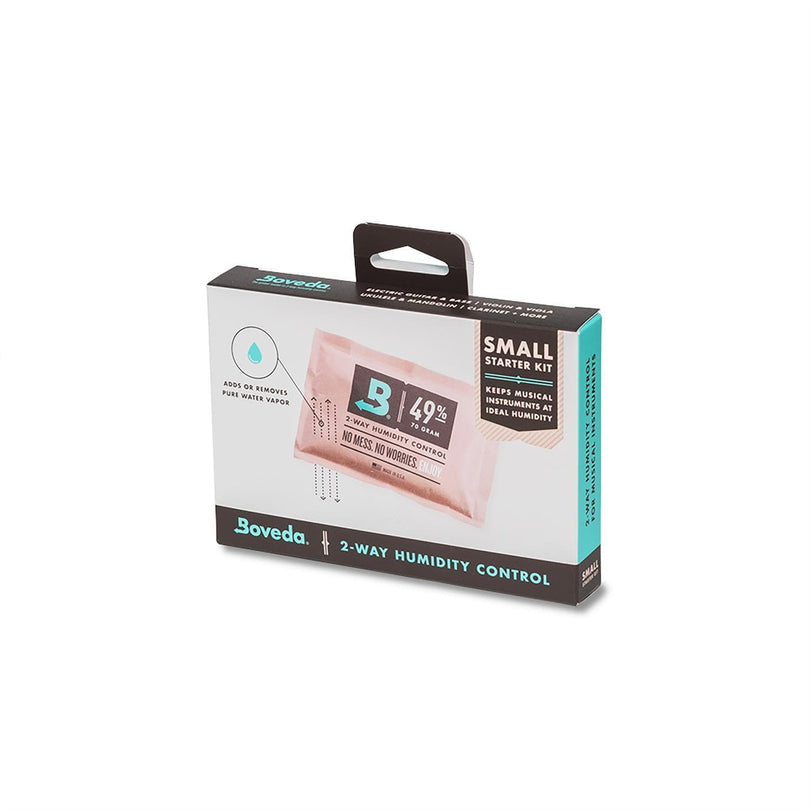
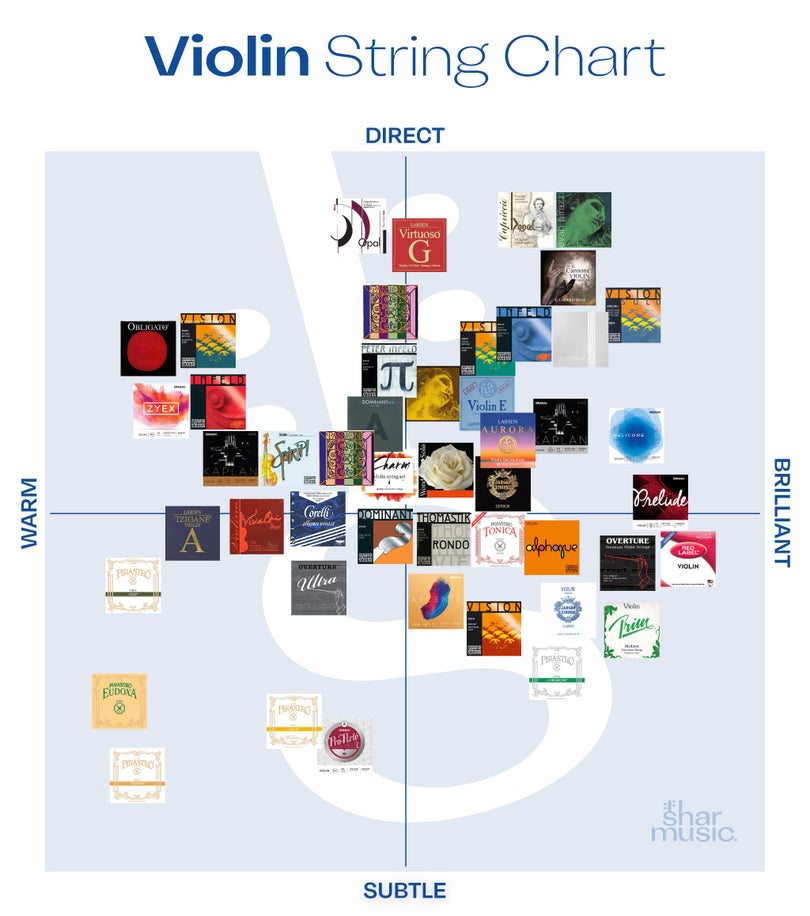

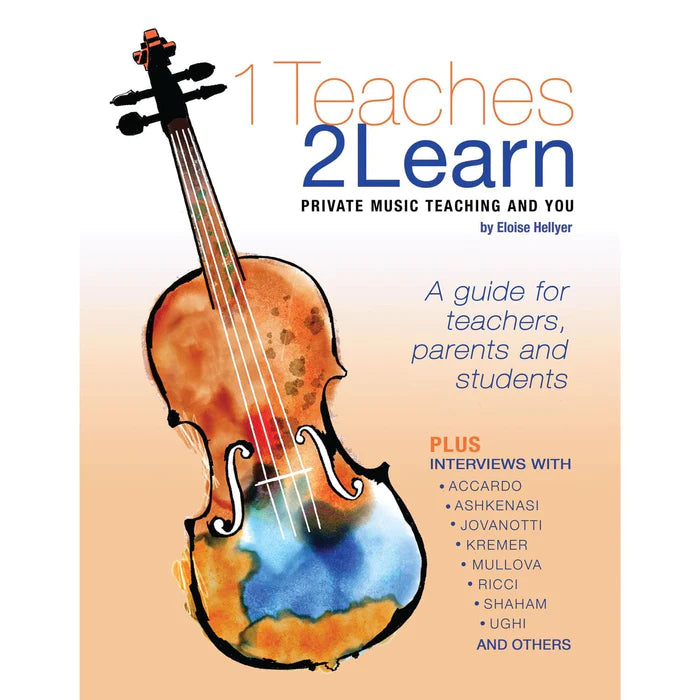
1 comment
Linda Speck
I came upon some music by Gastoldi that’s set up so that people can sit around a table and sing it. The lutenist sits by the soprano on one side of the table; the others sit at either end or across from the lutenist & soprano, so that they can see their alto, tenor, or bass parts. The note heads are is diamond-shaped, and the clefs are F or C. I don’t remember any pieces with a G clef, but that doesn’t mean there aren’t any!
I came upon some music by Gastoldi that’s set up so that people can sit around a table and sing it. The lutenist sits by the soprano on one side of the table; the others sit at either end or across from the lutenist & soprano, so that they can see their alto, tenor, or bass parts. The note heads are is diamond-shaped, and the clefs are F or C. I don’t remember any pieces with a G clef, but that doesn’t mean there aren’t any!